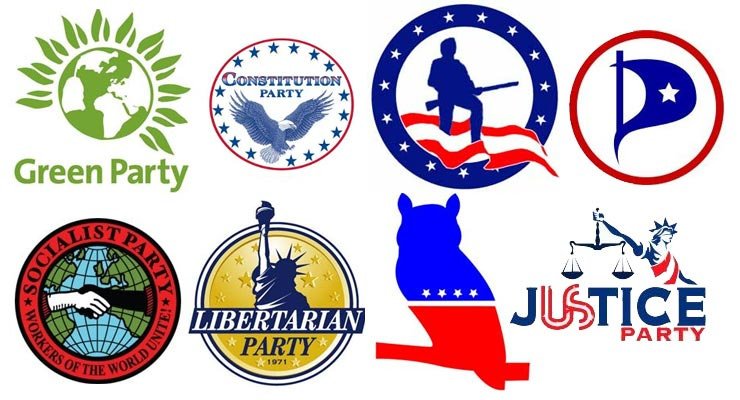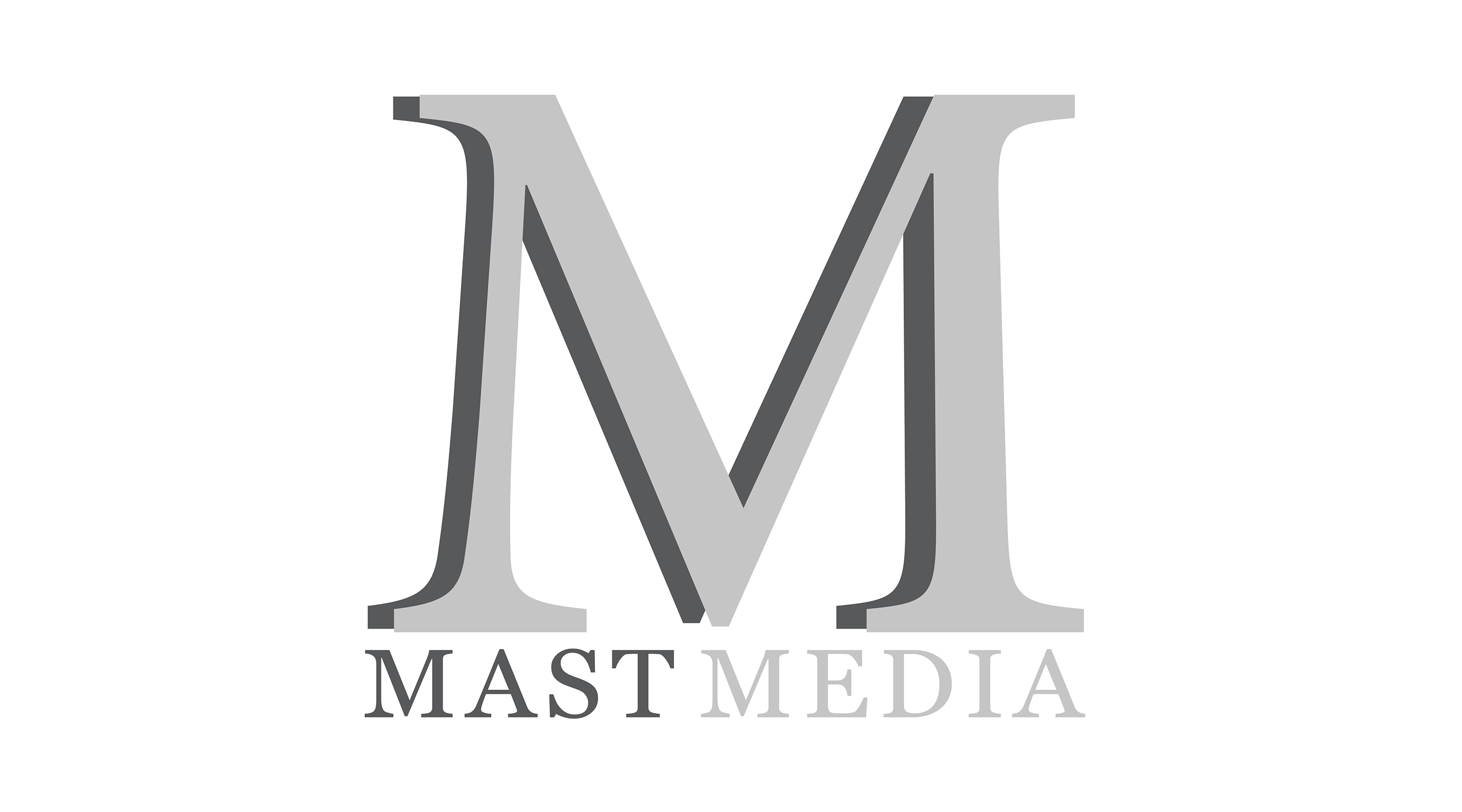LUCAS SCHAUMBERG
Guest Writer
schaum@plu.edu
As a far-left college student on a liberal arts campus (a rarity, I know) I often find myself tired of the entrenched neo-liberalism and hypocrisy in the Democratic party. I probably will only vote for Hillary Clinton, the likely nominee at this point, in hope of preventing the Book of Revelations hellscape that I’m pretty certain a Trump Presidency would bring about.
I’m not alone in my cynical disenchantment for party politics. One recent New York Times column titled “Hillary Clinton and Donald Trump Are Winning Votes, but Not Hearts” found that 53 percent of Americans have an unfavorable opinion of Mrs. Clinton and 63 percent have such a view of Mr. Trump. A majority of U.S. adults, 58 percent, say a third U.S. political party is needed because the Republican and Democratic parties “do such a poor job” representing the American people.
The two-party system as it currently exists remains ineffectual, mainly due to suffocating amounts cash flow from massive corporate interests. As the economist Thomas Friedman puts it, our system has “ossified,” and now creates parties that “lack integrity and creativity and any sense of courage or high-aspiration in confronting our problems.”
This might be one of the last political opinions that Americans can bipartisanly agree upon.
Anyway, due to all the vested interests and lobbying dollars accrued in both parties, as well as the zero-sum calculations where one party’s loss equals another’s gain, gridlock in a two-party system is almost guaranteed to exist. And contest between distinct choices that a multi-party system could provide is in dire demand. “If competition is good for our economy,” asks Stanford University political scientist Larry Diamond in Friedman’s column, “why isn’t it good for our politics?”
In the US, the Democrats and Republicans have been very effective in eliminating any regional competition due to their massive resources. Cramming 300 million Americans of incredibly diverse backgrounds into two political parties has sunk political participation and voter turnout to embarrassingly low levels for a developed nation.
Could a multi-party system provide solution?
While both parties have tapped into the wellspring of middle and lower-class frustration, these uprisings remain squarely within the channels of party politics. The 2016 elections have seen the progressive streams of would-be third parties, such as the Tea Party or Black Lives Matter, into the two existing political channels, rather than splitting out into a multi-party alluvial fan of sorts, in which diverse economic and social sources can distinctly and separately flow. A potential proportional representation would certainly be a more platonically democratic way of government. It has the potential to create the competitive intermingling that is evidently missing from current American politics. Representation in a multi-party system would end up more accurately meeting Americans’ needs as well.
In a global context, Americans are little behind the increasingly multi-partied times. Most modern democracies around the world use some form of proportional voting, which gives small parties an avenue for gaining representation in direct relation to the share of the votes. Canada, India and the UK all have multiple parties, indicative of their regional ideological separations, which we Americans seem to have now as well. These small parties are competitive with the two dominant parties in their particular region.
Americans, with a famous passion for variety in consumer choices, (bacon-flavored mayonnaise could only exist in the U.S.) could happily deliberate between parties with specific programs on the environment, social welfare and the size of government. A real Tea Party, for instance, would be required to develop a feasible foreign policy program when election time comes around. The social democratic or socialist parties that are close to my heart would have to openly justify costly social welfare programs.
So why, despite common sentiments and practical benefits for a multi-party system, does America continue to have practically two choices?
It really comes down to the mechanics of the electoral system. The US, in congruence with our traditional “If you’re not first, you’re last” cultural style, uses first-past-the-post voting. This ends up favoring two large parties and prevents small parties from gaining any representation.
Indulge me in my use of an arch-metaphor for a minute. Imagine U.S. political process as a forking river traveling down a man-made canyon. (The river could be the smoldering Chattanooga, if your optimism of American politics matches mine). Each demographic is a tributary feeding into the flow, with channels made of political donations and party infrastructure separating the mass into two distinct rivers. Republicans have shifted their rivers far away from the source, directing its base to the south while cutting off some demographic tributaries. Democrats have moved away from the flow of Republican ideology to concentrate on coastal regions. But our government, as history has shown us, traditionally worked best when many waters mix and froth, sprawled out across many regions.
The upwelling of bipartisan disenchantment we can currently seeing in this funhouse-mirror election cycle is still being bifurcated into the existing party channels. Candidates like Donald Trump and Bernie Sanders may froth and fist-shake against the already-formed party canals, but ultimately need them to direct the many demographic and ideological tributaries into a large enough coalition. Americans might benefit from a two-party system, but the current structure is too cemented to produce a political victory for any candidate deviating from the party line.
What does all this mean for PLU students? Well, for any millennial infamously pining for a Kanye West independent ticket in 2020, their vote will probably end up being wasted. Oh well.

























